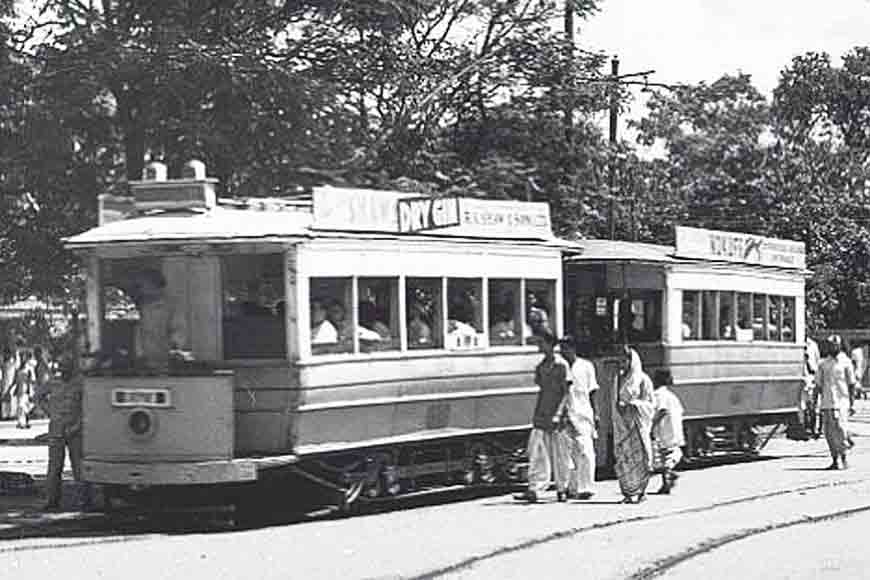Wooden tram of Kolkata, gets its place at the Heritage Transport Museum in Delhi

The wooden tram that once used to ply on the streets of Kolkata, gets its place of honour at the Heritage Transport Museum in Gurgaon, near Delhi. In fact, this tram will be the main attraction of the museum on its fourth anniversary. Only this September, the Tramways Company handed over the heritage tram to the museum authorities for exhibition. Manufactured in the 1940s, the tram (number 240) has been plying commuters for seven decades and now it is ready to take a break from active service.
For the past couple of months, the tram car has been undergoing cleaning and refurbishing for its journey ahead. The exterior has not been changed. The interior is adorned with heritage photographs, tracing the veritable history of tram cars in the city and videos depicting the ubiquitous presence of trams in Kolkata, and how the two are intrinsically intertwined and lend each other a common identity. There is a similar tram preserved in the city. Other than that, this will be the only wooden tram in the country that will be exhibited at the museum.
This tram is 57ft long and 7ft broad, weighs 18 tons and has two compartments. The Heritage Transport Museum has many rare vehicles on display including a 1930s restored railway saloon, a 1953-built Arnold Jung locomotive engine which is 31ft long, 12-and-a-half ft high and weighs 47 tons. The museum has other modes of vintage transports on display some of which are from their nascent stage including carts, two-wheelers, motorcars, buses, trucks, boats and airplanes, but did not have any tram cars. Now the museum authorities are elated with their latest acquisition. The tram car and hand-held rickshaws, both of which define the city, are now going to be part of the exhibition there.

Tram car was introduced in Mumbai (erstwhile Bombay) in 1874 but it was discontinued from 1964. In Calcutta, horse-drawn tram cars started plying from 1873, between Sealdah and Armenian Ghat. Tram cars have become an integral part of the city’s historical tradition. Naturally stories surrounding the tram car galore. After all, Calcutta’s tramways is the oldest in Asia and is the only one in the entire country which is still functional!
In 1880, a tram track was laid between Sealdah and Armenian Ghat. It was inaugurated by the then-Viceroy, Lord Ripon. In 1882, steam-loco-driven tram was introduced on a trial basis. By the end of the 19th century, the Tramways Company had 166 tram cars at its disposal, 1000 horses, seven steam loco and 19 miles of tram tracks. In 1902, the first electric tram was flagged off between Esplanade and Kidderpore. Trams still ply on that beautiful stretch that runs through the greenery of the Maidan area and the dream-like journey ushers in nostalgic feelings about Kolkata’s glorious past.
Trams used to ply in seven others cities in the country other than Calcutta and Bombay. Tram cars were introduced as a mode of communication in Delhi, Nasik, Patna, Chennai, Cochi, Kanpur and Bhavnagar but they were discontinued in all the cities in the 1960s. In Delhi tram cars were introduced in 1908. Trams ran on a 15-km-long stretch between Jama Masjid, Chandni Chowk, Sadar Bazar, Pahargunj and Tees Hajari but the service was suspended in 1963. Chennai terminated tram service even earlier, in 1953. Kolkata is the only city where trams continue to provide service to commuters diligently. Who knows, if trams are taken off the tracks some day, our future generations will have to be content with gazing at photographs and models of trams in museums.










